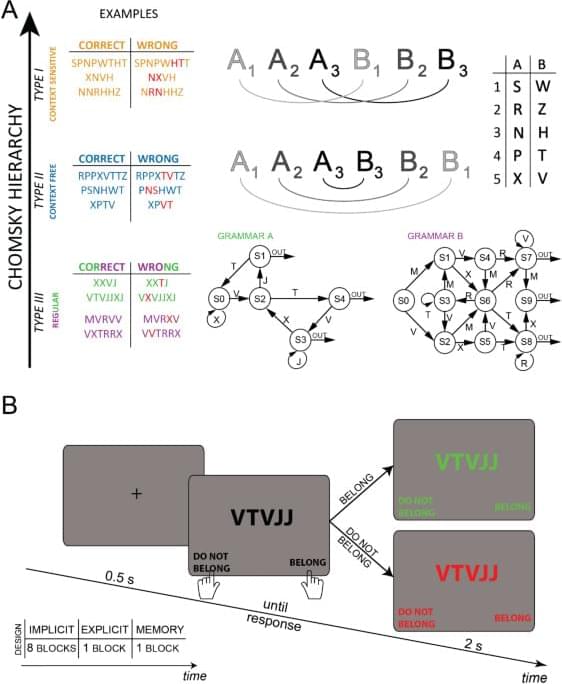Scientific Reports –a crucial aspect of language acquisition. Prior experimental studies proved that artificial grammars can be learnt by human subjects after little exposure and often without explicit knowledge of the underlying rules. We tested four grammars with different complexity levels both in humans and in feedforward and recurrent networks. Our results show that both architectures can “learn” (via error back-propagation) the grammars after the same number of training sequences as humans do, but recurrent networks perform closer to humans than feedforward ones, irrespective of the grammar complexity level. Moreover, similar to visual processing, in which feedforward and recurrent architectures have been related to unconscious and conscious processes, the difference in performance between architectures over ten regular grammars shows that simpler and more explicit grammars are better learnt by recurrent architectures, supporting the hypothesis that explicit learning is best modeled by recurrent networks, whereas feedforward networks supposedly capture the dynamics involved in implicit learning.
Comparing feedforward and recurrent neural network architectures with human behavior in artificial grammar learning
Posted in robotics/AI
